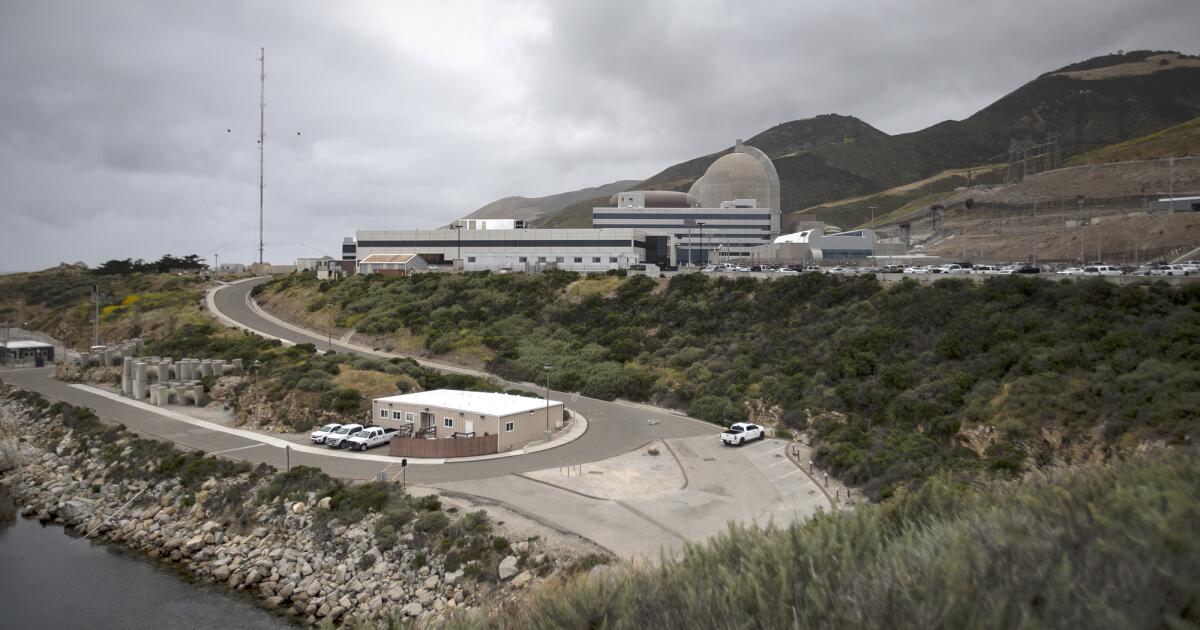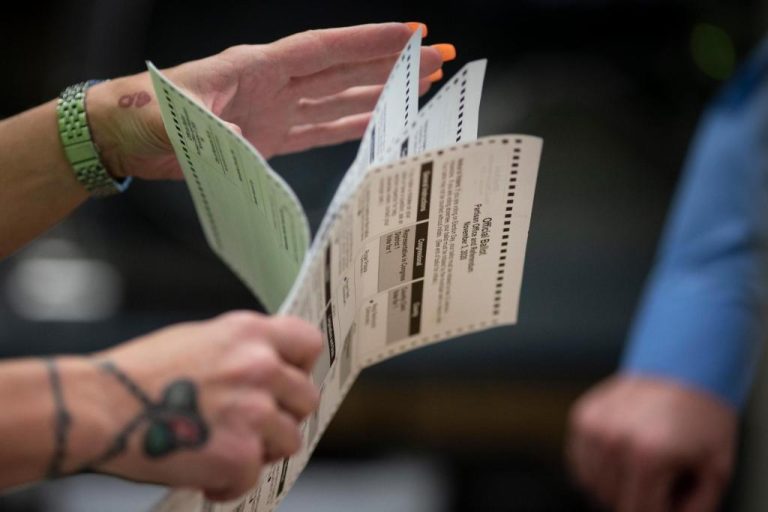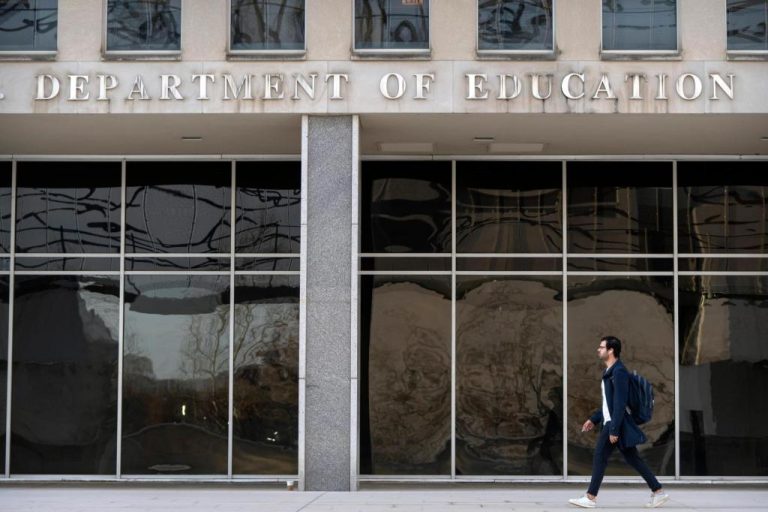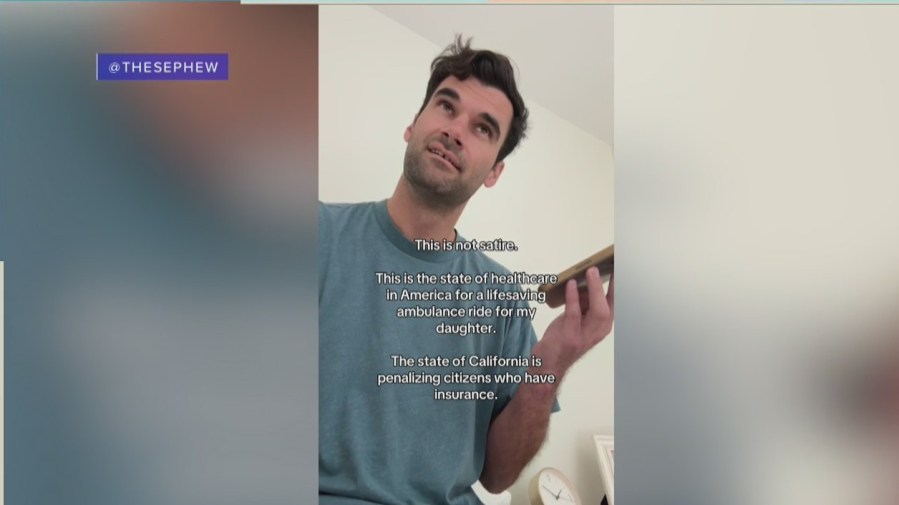
The California Public Utilities Commission will soon vote on whether to keep the last remaining nuclear power plant in the state open for at least six more years.
Gov. Gavin Newsom’s administration is in favor of extending the life of the Diablo Canyon power plant in San Luis Obispo, saying it’s needed to add reliability to the state’s electric grid and reduce the risk of rotating power outages.
But the price tag to keep Diablo Canyon open is a matter of debate.
That’s important because any costs associated with extending the plant’s operations would be passed onto all customers across the state who receive services from power companies that are regulated by the utilities commission — and that includes San Diego Gas & Electric customers.
The proposed decision before the commission, known as the CPUC for short, does not break down how much more customers could potentially pay through rates in their monthly bills.
The Utility Reform Network, a San Francisco-based consumer group known as TURN, has projected that between 2024 and 2030, overall costs would come to $10.1 billion.
Diablo Canyon is operated by Pacific Gas & Electric. When asked by the Union-Tribune how much it would cost to keep the plant running into the end of the decade, PG&E spokeswoman Suzanne Hosn said a specific cost estimate will not come until March.
But Hosn did say in an email that after offsets from federal funding and market revenues are taken into account, “customers could see little-to-no change or even a credit on their bills due to extended operations” at Diablo Canyon.
The two units at the plant provide 2,240 megawatts of electricity to the state’s grid. By itself, Diablo accounted for 8.67 percent of the California’s in-state generation in 2022 and 17 percent of the state’s zero-carbon electricity.
Opponents of a Diablo Canyon extension say the CPUC’s five commissioners should reject the proposed decision.
David Weisman, legislative director for the Alliance for Nuclear Responsibility Legal Fund, pointed to remarks Newsom made when he met last month with Chinese President Xi Jinpin. Newsom touted that California now has 6,600 megawatts of battery storage resources and is on track to reach 8,500 megawatts of storage online by the end of the year.
“These new statistics show (Diablo Canyon is) not needed,” Weisman said, adding that, “Newsom and his appointed (CPUC) commissioners are saddling” ratepayers with additional costs by keeping the plant open.
However, the 137-page proposed decision written by CPUC administrative law judge Ehren D. Seybert, cited a California Energy Commission report issued earlier this year that said instances of extreme heat could result in electricity “shortfalls” and “that risks are compounded” if wildfires reduce capacity along transmission lines.
The proposed decision concludes that Diablo Canyon should remain online, with Unit 1 operating through Oct. 31, 2029 and Unit 2 staying open until Oct. 31, 2030.
Gene Nelson, government liaison for Californians for Green Nuclear Power, is a major proponent of keeping the plant open.
“California needs Diablo Canyon’s reliable power,” Nelson said. “I like to frame it in this perspective: It prevents having to burn a huge amount of natural gas, either in-state or a huge amount of coal (from) out-of-state.”
As for potential rate increases, Nelson’s group estimates Diablo Canyon produces about 18 billion kilowatt-hours of electricity per year at a cost between 2023 and 2030 of about 4 cents per kilowatt-hour.
“The plant produces so much power, when you look at the cost per kilowatt-hour, it is, simply put, a bargain,” Nelson said.
Extending the life of Diablo Canyon is an about-face for Newsom.
When he was lieutenant governor, Newsom helped shape discussions that led to an agreement in 2016 between PG&E and a collection of environmental and labor groups to shut down the plant in 2024 and 2025.
But in August 2020, California experienced two consecutive days of blackouts that saw some parts of the state experiencing outages lasting as long as 2 1/2 hours. The following summer, the California Independent System Operator narrowly avoided a repeat when extremely hot weather blanketed nearly all of the state.
Newsom — perhaps thinking of how rolling blackouts and California’s energy crisis of 2000 and 2001 led to the recall of then-Gov. Gray Davis — changed his tune about Diablo Canyon.
At his urging, the Legislature in 2022 passed Senate Bill 846 as an emergency measure to keep the nuclear plant open. It sailed through on a 67-3 vote in the Assembly and 31-1 in the Senate, capping a frantic final night of the legislative session.
The legislation included a provision allowing PG&E to access a $1.4 billion forgivable loan from the state’s general fund, i.e., taxpayers, “to facilitate the extension of the operating period of the Diablo Canyon power plant.”
To help defray the cost of that loan, PG&E applied for funding from the U.S. Department of Energy’s Civil Nuclear Credit Program. In November 2022, PG&E announced it received a conditional award of about $1.1 billion from the Department of Energy to keep Diablo Canyon open.
Earlier this month, PG&E filed an application with the U.S. Nuclear Regulatory Commission to re-license Diablo.
As for the CPUC’s vote, it is scheduled for Dec. 14. It takes a majority of the CPUC’s five commissioners to approve the proposed decision.





